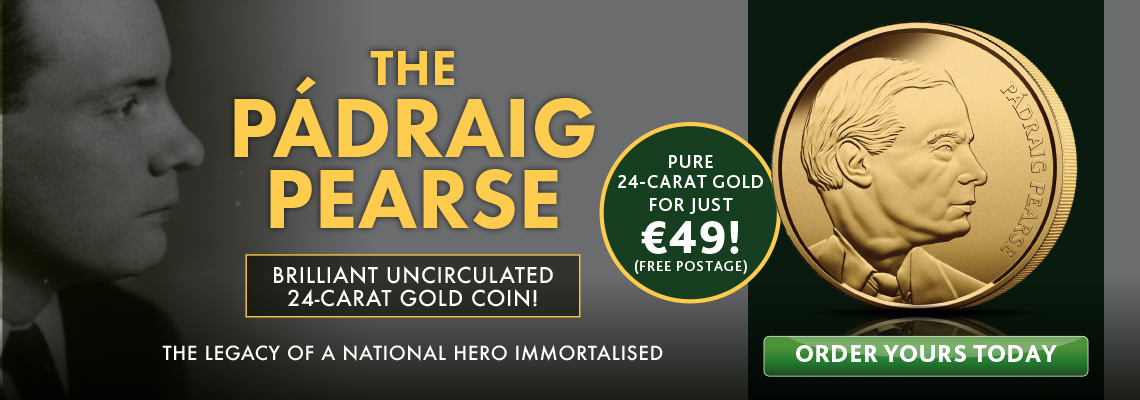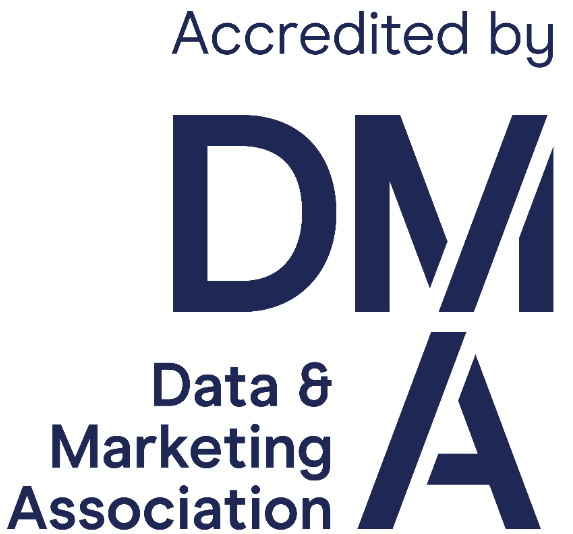Mankind’s fascination with gold stretches back to ancient times. Wars have been fought over it, while people have given their lives to its discovery and acquisition. By the Middle Ages, silver was the most common metal used in the production of coins. In 1700, Portugal minted their ‘Moedas de Oro’ (Coins of Gold) from a significant quantity of gold discovered in Brazil, and used these coins to pay for wool from England.

INDEX
- Characteristics of gold
- Current availability and consumption of gold
- Gold terms
- Gold in coin mintage
Characteristics of gold
Gold is easier to model than any other metal. One ounce of gold (31.1 grams) can be rolled out to the thickness of 0.00001 millimetres or 16 square metres of gold-leaf, without breaking. The cupola of the Kremlin in Moscow is covered with thin gold-leaf.
One ounce of gold can be pulled into a golden thread 8 kilometres long without tearing, and a ton of such thread would be enough to stretch to the Moon and back. Gold is also a good conductor of electricity and heat, and it reflects light well. All these characteristics make gold very much appreciated in industry and space travel.
Another important characteristic of gold is that neither acids nor oxygen in the air can destroy it. The ancient Egyptians buried their dead with gold items to ensure that they would not miss anything in the afterlife, and gold items found at archaeological excavations are in such perfect condition they look as if they had been produced yesterday.
Current availability and consumption of gold
It is assumed that 90 per cent of the gold so far produced – around 95.000 tons – is still in existence. It is estimated that all the gold ever minted would easily fit under the Eiffel Tower, in a cube measuring just 20 x 20 x 20m.
However, like all resources, gold is not inexhaustible. Professor Rudolf Saager from the University of Zurich estimates that, by using today’s technology, a total of 45,300 tons of gold could be produced. Almost half of it is located in South Africa; other important locations are Western Australia, North America and Russia.
As at 2009, about 60 per cent of gold consumption came from the jewellery trade and 10% from the minting of coins. The remaining demand is related to investment and industrial use.
Gold terms
The weight of gold is measured in ‘troy ounces’ (1 troy ounce = 31.1035 grams). Besides the weight, we also speak about the ‘fineness’ of gold, which defines the proportion of pure precious metal per thousandth of the alloy’s total weight. There are two ways of expressing the fineness: in percentage terms or in the number of carats.
Note: carat for gold expresses fineness, and differs from the carat used as a weight measure for precious stones, especially diamonds (1 carat = 0.2 grams).
Gold mixed with other metals creates alloys, which are harder and usually cheaper:
- Red gold 33.3-58.5 per cent gold, up to 30 per cent copper and 35% silver
- White gold 65-80 per cent gold, and 20-35 per cent palladium or 33.3-66.7 per cent gold, up to 66.7 per cent nickel, up to 10 per cent copper and tin
Some coins are made of pure gold (99.99 per cent), but more often they are manufactured from 90 per cent gold and 10 per cent copper, as this makes the coin surface harder.
After processing the gold, it is cast into bars. A standard bar of gold weighs about 400 ounces (12.5kg). The fineness, the brand of the producer and the bar number are punched on the bars. The fineness has to be at least .995 (99.5 per cent); the bar number identifies the bar and is registered. Some standard bars go to the safes of national banks, but most of them are melted for further processing (for example as blanks for coin mintage, small bars of 1kg, 100g, 1oz; and granulate material for the jewellery industry).
Gold in coin mintage
By the beginning of the 19th century, most countries had introduced a money system with gold and silver coins. Even when precious metals were replaced by non-precious metals or banknotes, the value was always expressed by gold.
As director of England’s Royal Mint, Sir Isaac Newton fixed the standard value for gold at 4 pounds, 4 shillings and 11½ pence per ounce. This meant that everybody who wanted to exchange one ounce of gold for banknotes or coins received exactly this amount of money. This system worked for 200 years, but was abolished during the First World War, when gold coins were no longer valid means of payment with equal values.
The British gold sovereign, the French Napoleon, as well as Austrian ducats and krones had been used for investment before, but only in 1967 was a coin introduced whose main purpose was investment and not a means of payment. The South African Krugerrand became the predominant way for private individuals to buy gold bullion, and its success prompted other countries to issue gold bullion coins. By 1980 Krugerrands accounted for 90% of the gold bullion coin market. The Krugerrand is unique in legal tender history because it has no official face value - they are traded based on the world market price of gold. Today, the Krugerrand is one of the world’s most renowned gold investment coins.



